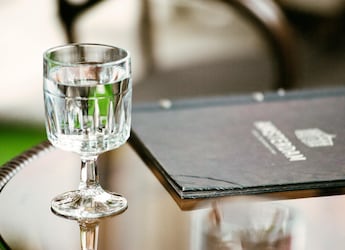Molecular gastronomy is a sub discipline of food science that seeks to investigate the physical and chemical transformations of ingredients. Molecular cuisine is a modern style of cooking, and takes advantage of many technical innovations from the scientific disciplines.
Advertisement
Advertisement
For the latest food news, health tips and recipes, like us on Facebook or follow us on Twitter and YouTube.
Advertisement
